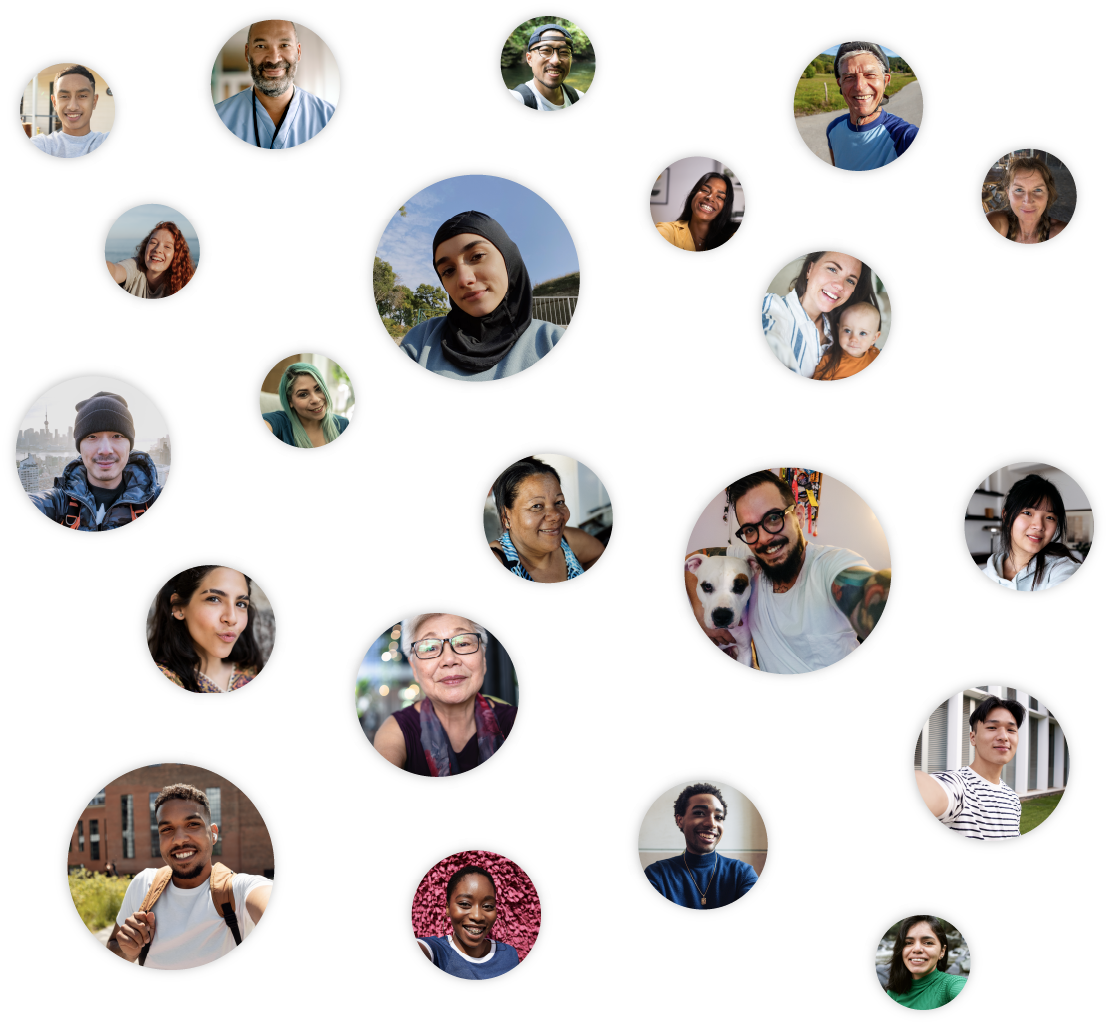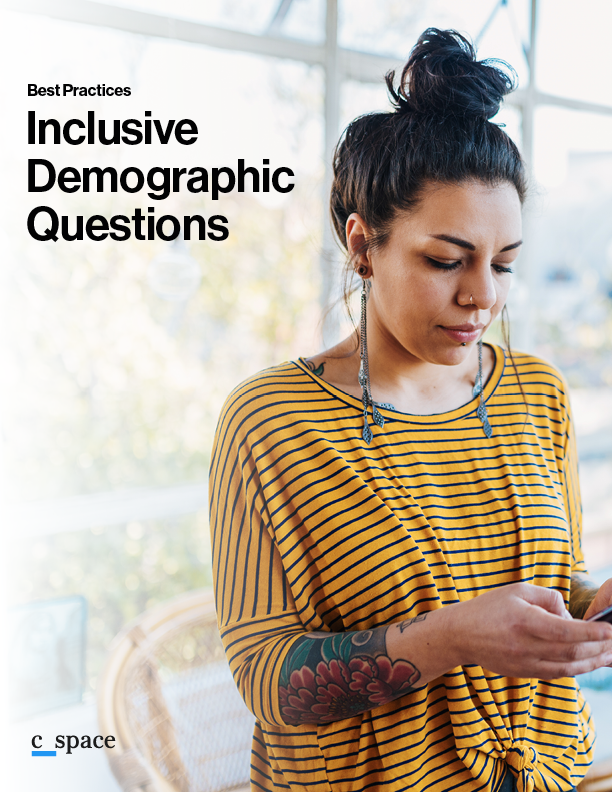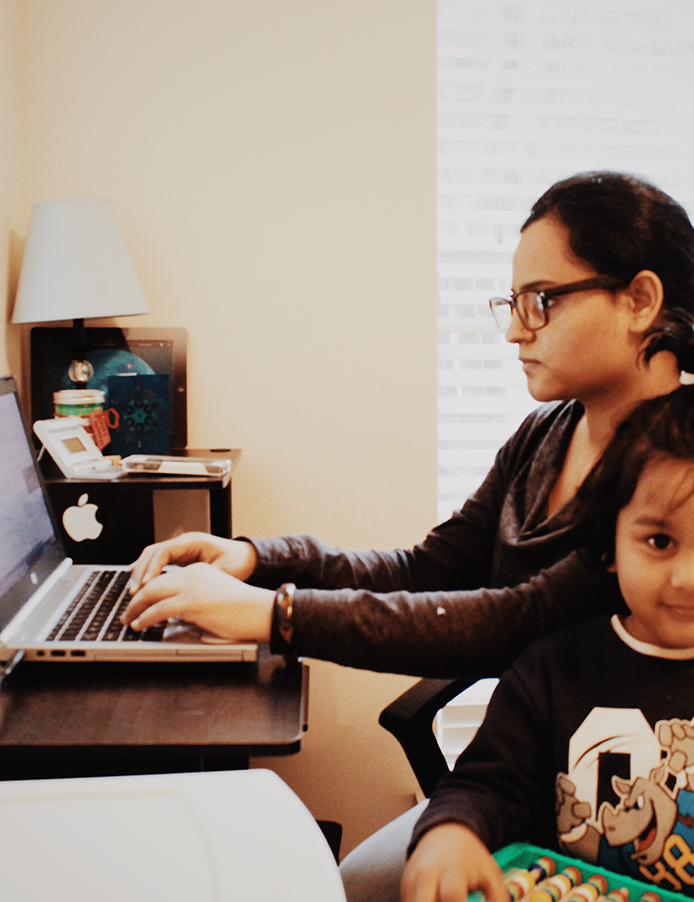ARTICLE
5 steps to a truly optimized Online Community.
What does it take to make the most of your Online Community? Top insights leaders weigh in with tried-and-true recommendations.
Online research has experienced explosive growth in the last decade, and
Online Communities have gone from unproven experiment to accepted mainstay. At its best, the Online Community creates a powerful opportunity to bring the customer, and customer insight, inside a business in an unprecedented way. But
how do you make the most of your Online Community, marrying an increasingly intelligent use of data with an equally in-depth emotional understanding to build meaningful change into the ways companies work and grow?
We spoke to over 250 insight practitioners from Walmart, McDonald’s, IKEA, Mondelez, John Deere, Jaguar LandRover, Pinterest, Nissan and more, to learn how they are capitalizing on Online Communities.
1. Prize your customer relationships above all else.
Understanding your customers better than the competition is the ultimate advantage. Practitioners talk about having an unprecedented amount of data to help them observe what’s happening (the “what”). However, it rarely unlocks the motivations (the “why”). By focusing on relationship development in the Online Community (over short-term, episodic engagements such as surveys), practitioners can unlock a “Better Why” — deeper, more vulnerable, less self-edited truths.
2. Drive your DEI agenda in recruitment, screening and Online Community management.
What does bringing a Diversity, Equity and Inclusion (DEI) lens to Online Communities look like in practice? DEI should not be seen as a problem that needs to be fixed or a box that needs to be checked. It’s an opportunity to innovate and connect with customers — or potential customers — who you may have unintentionally left out of your research. When you bring a DEI lens to Online Communities, you show customers that you “get them.” In return, they’ll give you the insights that will help you connect with historically underserved groups and your broader customer base.
3. Define your Online Community’s strategic purpose to measure its success.
The more you can align your Online Community’s activity with a specific, valued organizational mandate, the better. This could be increasing NPS via improving customer experience, informing expansion into a new market, or plugging insight into product development to drive increased market share. This might be too simplistic if your Online Community needs to support several types of business impact. But try to avoid generic purposes like “enhanced customer-centricity” unless you have some measures beneath to give substance.

Don’t neglect the art of engagement. Stop treating people like targets and treat them like people. Be authentic, and don’t ignore reciprocity — money, attention, validation, a sense of purpose. It’s the difference between straight-lining and taking the time to actually tell a story.
Insight Director, CPG
4. Change what people do with customer insights, not just what they know.
Insight work conducted as part of an Online Community relationship is no different than any other insight work; the aim is not to collect and synthesize information, the aim is to influence change. However, intense project workflows
and the often-difficult combination of running simultaneously quick and tactical work with more strategic projects, mean it can be easy to fall into the trap of churning out well-presented reports that miss what matters: Is the insight
understood? Do people know what to do with the recommendation? Have stakeholders truly engaged (emotionally and rationally) with the human stories behind the insight?
Online Community should also present
an opportunity to drive change more effectively. An Online Community is a window into the world of customers. It’s a multifunctional collaboration space. It’s more multifaceted than first-time buyers can realize. The conversation
(the data) is only an ingredient of impact; what happens in the Online Community stays in the Online Community unless you transform it. It’s about what’s said and what’s done.
5. Plan impact tracking for your customer insight platform from the start.
If this is your first Online Community, it’s an exciting route to your customer that your brand hasn’t had before. Department stakeholders are clamoring at your door. In this rosy picture, you might not be under immediate pressure
to qualify or quantify the impact and
ROI of the Online Community. Eventually, you will be.
Any ongoing business commitment will be questioned at some point. The overwhelming advice from interviewees was to start planning how you will track impact right from kickoff. It’s easier to track impact stories and stats as you
go along, as part of an organized plan, than to leave it to the end of the year. Believe us. We’ve been there.
Curious how C Space does Online Communities? We’ve been defining — and redefining — Online Communities for 25 years, creating vibrant hubs of customer insights.
Click here to discover how we put you on a first-name basis with your customers, building strong relationships that deliver strategic impact to your organization.
More of our latest Online Community thinking…
A CUSTOMER-INFORMED GUIDE
Developing more inclusive demographic questions.
What does it take to ensure that screening questions best represent your customers? Working with 300+ online community members, we created a comprehensive guide for researchers and marketers to use when developing demographic questions.






